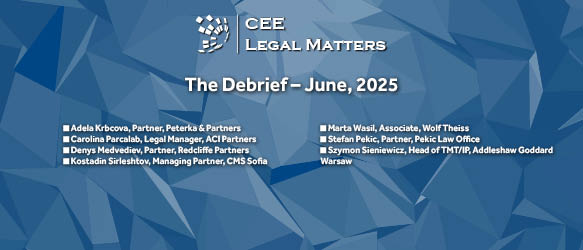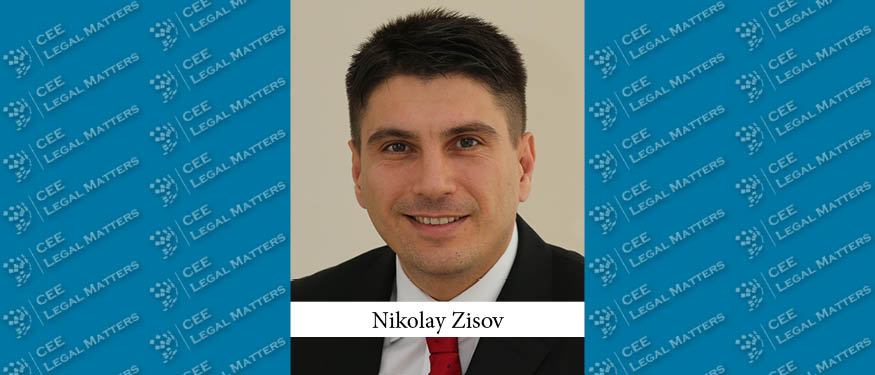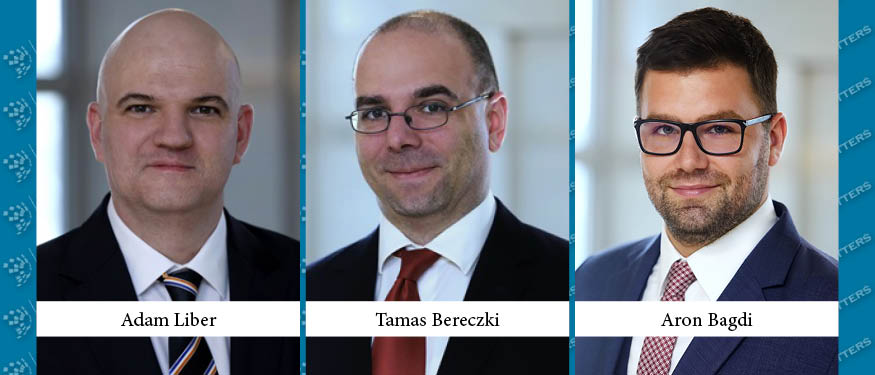The past two years have brought about tectonic shifts across all industries, business sectors, and economies. Adapting to the ever-changing concept of a “new normal” became an everyday task, and law firms were no exception. Motieka & Audzevicius Partner Rokas Jankus, iLaw Lextal Managing Partner Tomas Bagdanskis, and Sorainen Managing Partner Laimonas Skibarka share how Baltic firms have managed to hold their own in these challenging times.
Primary Concern
“The main focus was managing the well-being of team members during these unprecedented times of the COVID-19 pandemic and war in Ukraine,” Jankus begins. “In particular, our key focus was removing any uncertainties which could arise for the team regarding the pipeline of new projects, tackling issues with remote work, and similar. Other than that, internally, the system seems to work properly, and we can proudly say there is very little change in team members,” he shares.
Agreeing with Jankus, Skibarka explains that Sorainen, too, faced issues brought upon by the broader geopolitical context. “The first pandemic year of 2020 brought a lot of insecurity on all fronts. Although the darkest scenarios did not materialize, as the economic crisis was contained to a few sectors and vaccines soon arrived on the market, people were forced to rethink their lives,” he recalls. “Looking back, now we can appreciate that the pandemic accelerated many positive developments as well,” including video meetings, less traveling, and flexible working.
Further, Skibarka says that with 2021 being an excellent year for the firm, the “people, already weary from the pandemic, now faced heavy workload pressures. Then came the war. Baltic people were initially shocked and concerned about our security, but seeing Ukraine defending successfully, the mood has improved, and now there is much more confidence in our societies,” he says.
Chiming in, Bagdanskis reports that iLaw Lextal primarily faced organizational challenges. “As the firm was constantly growing over the past years and many new people joined the firm, one of the main concerns was defining and introducing people to business processes,” he says. Adding to the organizational concerns, he stresses that “COVID-19 affected all the employees” in switching from office to remote work “during lockdowns and to hybrid remote-office work after those.” Moreover, he adds that the inflation and rising energy prices have been adversely affecting “workers on relatively lower salaries,” for example, “younger lawyers and administrative staff.”
Motieka & Audzevicius, according to Jankus, was also facing internal challenges. “We approached all employees to ensure they remain ambitious, safe, and efficient. However, it is easier to deal with long-time team members as their moods, expectations, and fears are known thanks to working together for some time,” he explains. On the other hand, he reports newer team members required “more involvement” to be fully integrated into the team structure. This meant that the firm’s “main task was to make sure that new employees feel a sense of belonging and being part of a team, a family,” he explains.
Sorainen appears to have gone in the same direction, with Skibarka reporting the firm staring internal surveys to “learn more about how team members are doing.” These surveys proved to be fruitful. “We found out, for example, that senior associates and business service teams found it hardest to unplug after work during the pandemic, while managers and partners found it most challenging to take vacation time off,” Skibarka explains. “Senior associates found their motivation lagging more than others, while associates fought with distractions at home.” When the firm began facing a tidal wave of transactions starting “from the summer of 2021, all lawyers were overloaded with work, and partners were also doing their best to help them with client projects.”
What It Took
Given the scope and depth of the outlined problems, tackling them successfully was no easy feat. “The biggest change related to COVID-19 was implementing the hybrid work model,” Jankus says. “Initially, it required setting up pleasant work environments and tools for remote working, ensuring confidentiality and cybersecurity in all cases. While remote work gave comfort to stay at home and perform our tasks, it was necessary to maintain a sense of belonging,” he stresses. Motieka & Audzevicius introduced more frequent meetings between partners and lawyers and, once face-to-face was an option again, “we introduced team-building dinners and meetings in restaurants and lounges every two months,” Jankus says, reiterating the importance of constant communication.
Similarly, Bagdanskis says that remote working also did the trick for iLaw Lextal. Employing a hybrid approach, he says that the firm still “fully allows people to choose the form of work they prefer – we plan to stick to this in the future. We are also happy that most meetings can now be held remotely, saving a lot of time by not having to go to court hearings in person, especially in other cities,” he explains.
Sorainen went the extra mile by helping its lawyers set up for remote work. “We did what we could, helping people set up home offices, including offering a one-time compensation of several hundred euros, reorganizing work routines, and intensifying internal communication. More specifically, measures included full IT support for new remote and hybrid work options, free afternoons on summer Fridays to recuperate, lectures on health and personal well-being, mental health consultations by professionals for those who saw the need, down to little things like free COVID test kits,” he shares.
While the approaches were not all that different, the firms highlight different benefits. iLaw Lextal, according to Bagdanskis, firmly stands behind the benefits of remote meetings with clients, given that it “helps save a lot of time.”
Motieka & Audzevicius swears by hybrid work. It “gives the flexibility for team members to be in control of their time and priorities,” Jankus says. “While some prefer working from the office, others spend the time used for commuting to get in a workout or do mindfulness sessions. We believe that providing freedom to choose personal time allocation increases productivity and gives a feeling of better control of one’s life,” he explains. “As a result, more purpose is introduced in daily lives, which facilitates motivation.”
Skibarka highlights that “people need more time and variation. Perhaps the best thing was that employees were not pressured into a one-size-fits-all format of work,” he says. “Managers learned to listen to their people.”
Looking Ahead
Are these solutions here to stay? “We plan on continuing our practices for as long as they remain relevant,” Jankus says of Motieka & Audzevicius. “Keeping up with the global pace is in our DNA, and any decisions which could impact our team are consistently being reconsidered.” Agreeing, Bagdanskis says iLaw Lextal also plans to stick to its approach “in the future, as it became a regular type of communication and work.”
Finally, Skibarka says that “flexible working arrangements are here to stay, and we aim to get the best of it. While teams are encouraged to come to the office for a couple of days per week to keep the united culture, we retained the freedom to choose,” he shares.
In fact, Skibarka adds, Sorainen will be “adding new options, like workations or the option to work remotely from any place in the world. Putting people back into some old framework is no longer an option – if any challenges occur, it is up to the management to figure out solutions. When you show trust and care to your people, they will devote more of their discretionary energy to help the firm and its clients,” he concludes.
This article was originally published in Issue 9.12 of the CEE Legal Matters Magazine. If you would like to receive a hard copy of the magazine, you can subscribe here.














